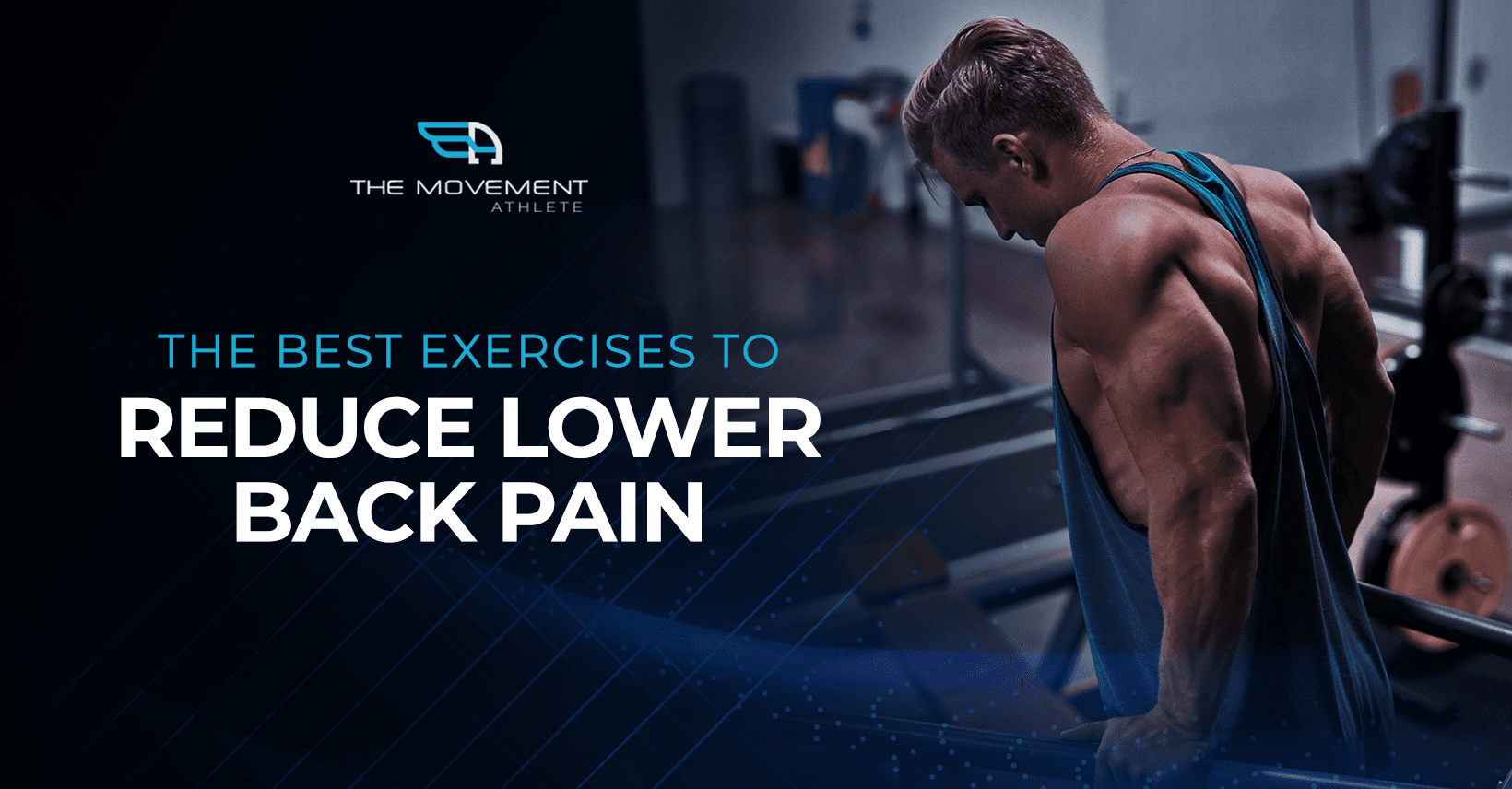
Join the tribe of Movement & Calisthenics Athletes – people just like you that are working with their own body weight to get strength, lose fat build muscle, recover from injuries and live their best lives!
Are you suffering from lower back pain?
You’re not alone.
This crippling menace plagues the vast majority of people. At least one point in our lives, we’ve experienced, or we’re going to experience (but hopefully not) it. I did, and I did not like it one bit.
It ruins your mood.
It deprives you of proper sleep.
It breaks down your confidence.
It makes you lose focus.
It limits your movement.
It wreaks havoc on your productivity.
It keeps coming back.
According to the World Health Organization, it is the most common cause for disability-related unproductivity at work and daily lives.
Lower back pain ruins lives.
It must end and end it; we shall with these 6 best exercises you can do anywhere to relieve you from aches and pains.
But before moving forward, we highly recommend consulting first with your physiotherapist or physician to rule out any underlying conditions that’s might be connected with your pain. Lower back pain is not a disease, but it could be a symptom of something else.
Luckily (NOT REALLY), your condition might probably just be a non-specific lower back pain where the root cause of pain is unidentifiable, lasting from weeks to a few months. Devastating it may sound, this isn’t linked to any other disease.
You’ll feel the stiffness and pain, but you can beat it with these exercises.
Lower back pain commonly stems from a weak and immobile core, hips, glutes, hamstrings, and/or spine, which is why we’ll be targeting these regions for your relief.
Remember to progress with the exercises slowly. Movement is excellent even against lower back pain as long as you do it progressively. Don’t rush!
The Best Exercises to
Reduce Lower Back Pain
🤜Plank
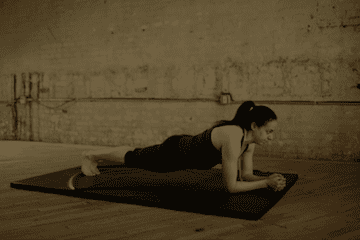
A common cause of lower pain has a weak core. Your midsection acts as your back brace, as exemplified in your posture. If you have a weak core, your upper torso will reactively lean forward, unable to brace your back. This leads to poor posture and, of course, lower back pain.
In compound exercises (non-isolation movements), your lower back works with your core to stabilize you in holding positions and during movement. Having a weak core creates unnecessary loading on the lower back that agitates it even more. Instead of relying on your core muscles for stability, the stress is put on your spine and ligaments in the lower back. That, in turn, affects your lower back.
The plank is a great exercise to strengthen the core and prevent your spine from overextending.
Take note: Practice with perfect form. It doesn’t matter if you can’t hold for 30 seconds. Choose an easier progression or work your way to extending your hold time instead of breaking your form. Also, don’t forget to BREATHE.
👍How to perform:
- To begin with, place your forearms shoulder-width apart and take weight through them. Clasp your hands together.
- Keep the elbows bent to 90 degrees with forearms resting on the floor. Make sure the shoulders are in line with the elbows. Look down.
- Keep your legs straight, and legs close together with toes resting on the floor.
- Back slightly rounded and abs tight.
- Make sure that the body is in a straight line.
- Hold this position for as long as possible. Tighten the latissimus by imagining you are pulling the arms towards the toes. Tighten the chest muscles by imagining you are trying to bring the elbows to close.
- Hold this position for a specified time.
- Repeat the above steps for a number of sets.
🤜Cat-Cow
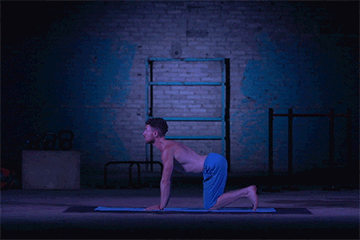
Lower back mobility is immensely important to prevent aches and pain in that region—lack of mobility results in movement restriction, which over time turns into pain and suffering. Keep your spine mobile with this exercise. Perfect for promoting movement in this region. In addition, the cat-cow helps you build core, lower back, and hip strength, which highly affects your lower back health
With this exercise, move towards the maximum range of motion you can reach. Don’t force yourself if you’re already feeling tightness and pain. Gradually increase the range of motion as you go.
👍How to perform:
- Begin on all fours, arms straight and palms directly under shoulders, eyes looking down. Knees are forming at a 90-degree angle.
- Start by arching your back as your head comes up. This is the cat position.
- Hold for a few seconds, then transition slowly into a cow. Drop-head, eyes look down, push through shoulders as the upper back is rounded.
- Continue alternating slowly for desired repetitions.
🤜Scorpion Stretch

Here we have another exercise that keeps your lower back, hips, and core mobile. It does that by moving them in a different plane compared to the cat-cow allowing an increased range of motion for the key stabilizers and brace for the lower back. Of course, your body doesn’t only move back and forth; maximize your pain relief by doing angular movement such as this. Your body will thank you.
It’s also great for stretching out your hips. Tight hip flexors also cause lower back pain.
👍How to perform:
- Begin by laying on your stomach, arms straight out to your sides with palms on the floor.
- Lift the right leg, bending it and cross it over to the left as far as you can, keep your chest on the floor as much as possible.
- Hold for a few seconds, then bring your leg down.
- Repeat with left leg.
🤜Knee Scale

A strong lower back translates to a pain-free lower back. With knee scale, you will be building strength in this region and building up the supreme core and glute/hamstring strength. What we also love in this exercise is its skill-transfer to skills such as the planche. Take a look at the exercise; it’s the ½ of the planche’s lower body portion!
When doing knee scales, you have to be extra careful with your form as there are many compensations you can do that break your state, leading to an ineffective workout.
Here’s what you need to watch out for:
- Keep your hips squared.
- Keep your hips tilted forward (Maintain posterior pelvic tilt)
- Core tight
- Back straight at all times
- Don’t let your lower body arch.
- Move your legs only where you can still maintain your form.
👍How to perform:
- To begin, start on your hands and knees. Back straight, shoulders directly over top of wrists.
- Squeeze glutes, straighten your left leg with toes pointed and lift your left heel towards the ceiling.
- Hold the position for a specified time.
- Repeat on right leg.
Yoga Bridge (Short Bridge)
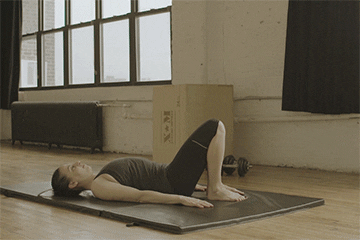
Strengthen your glutes and hamstring with yoga bridges. It’s also a great way to strengthen your core.
Your glutes and hamstring play a significant role in your day-to-day activity and affects the hip and spine position. Weakness in this area results in instability of the core and lower back, leading to….. you’ve guessed it, lower back pain. You have to work on these areas if you feel you have weak leg muscles from all the sitting at work and a sedentary lifestyle.
👍How to perform:
- Begin laying flat on the floor, knees bent, and arms straight along your sides.
- Press hips up off the floor, hold the position for a few seconds, and go down.
- Repeat the movement.
🤜Seal Stretch
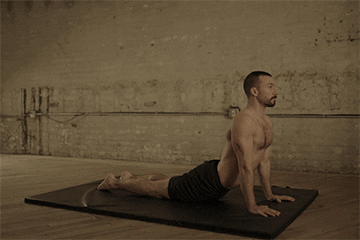
For those who are experiencing lower back pain from bending forward, you’ll get a good stretch and feel from the seal stretch. It promotes a good extension on your spine without the risk of hyperextension, plus it really feels good.
Same as the other exercises, move progressively. Move to the range you can handle and adjust as you can. You can use your elbows at the start, then gradually move to your hands as you get comfortable.
Don’t forget to breathe. It helps in the stretch, makes you and your muscles calmer, and teaches you the proper breathing habits.
👍How to perform:
- Lay prone with your hands near your chest, legs extended out straight.
- Push through hands to lift chest and stretch abdominals.
- Hold for 5-10 seconds.
- Lower chest to starting position, and then push back up.
- Repeat for a desired repetitions.
🎯 In the end, what you need is MOVEMENT
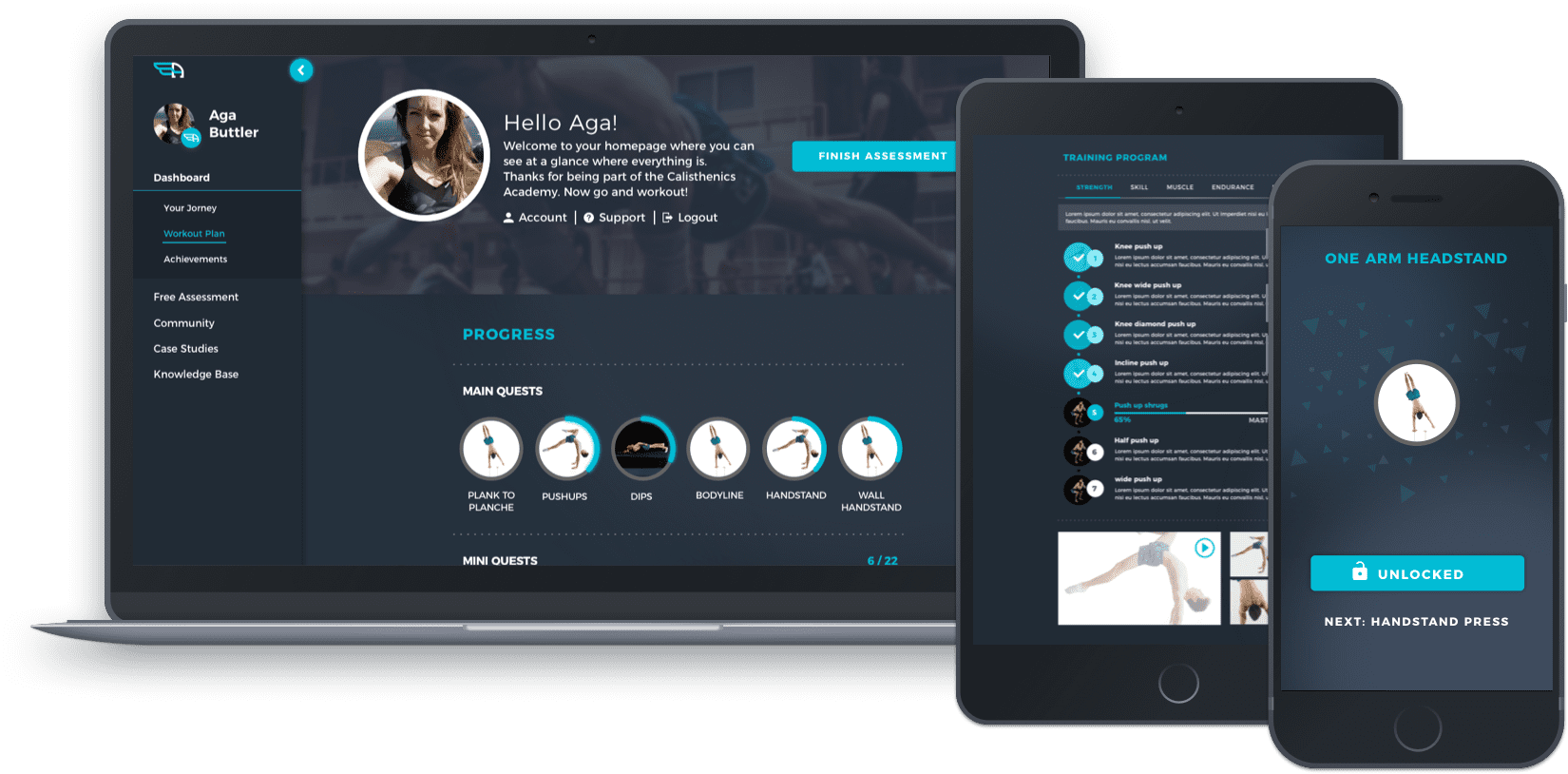
When suffering from pain, it feels like the best solution would be to rest. While this might be true to some extent, especially for injury-related cases, you want to keep on moving for lower back pain.
Resting will be counterproductive as it will result in more immobility and weaker muscles, meaning much more pain and discomfort for longer periods.
Again, consult with your physiotherapist for an accurate assessment and diagnosis of your case. If all is good and passed, it’s time to work on those weak points and regain control over your life once again.
Don’t let lower back pain stop you from living your life.